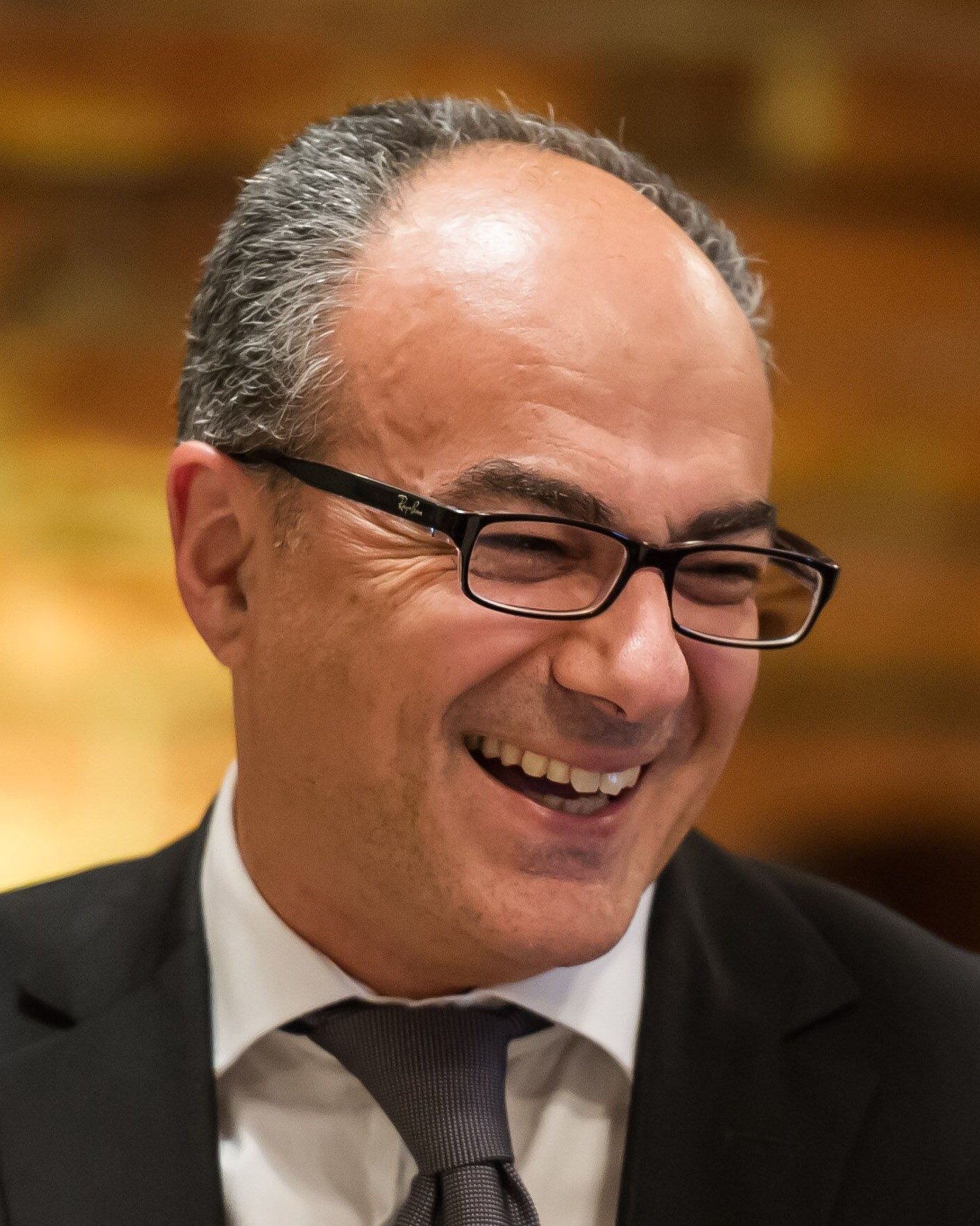| Edge Intelligence: The Convergence of Humans, Things, and AI | Internet of Things: The Way Ahead | Big data and small data: the challenge is in the interpretation |
 |
 |
 |
Edge Intelligence: The Convergence of Humans, Things, and AI
by Schahram Dustdar |
||
AbstractEdge AI and Human Augmentation are two major technology trends, driven by recent advancements in Edge computing, IoT, and AI accelerators. As humans, things, and AI continue to grow closer together, systems engineers and researchers are faced with new and unique challenges. In this talk, we analyze the role of Edge computing and AI in the evolution of cyber-human partnerships, and identify challenges that Edge computing systems will consequently be faced with. We take a closer look at how a cyber-physical fabric will be complemented by AI operationalization to enable seamless end-to-end Edge intelligence systems. Biography Schahram Dustdar is Full Professor of Computer Science heading the Research Division of Distributed Systems at the TU Wien, Austria. He holds several honorary positions: University of California (USC) Los Angeles; Monash University in Melbourne, Shanghai University, Macquarie University in Sydney, and University of Groningen (RuG), The Netherlands (2004-2010). |
||
Internet of Things: The Way Ahead
by Zakaria Maamar |
||
AbstractThe Internet of Things (IoT) is among the latest ICT developments that is making the boundaries between reality and fiction vanish. According to Mark Weiser, ``...The most profound technologies are those that disappear. They weave themselves into the fabric of everyday life until they are indistinguishable from it’’ . And according to Gartner , 6.4 billion connected things were in use in 2016, up 3% from 2015, and will reach 20.8 billion by 2020. To sustain this growth, IoT should overcome different obstacles such as diversity of things' development technologies and communication standards, users' reluctance and sometimes rejection due to privacy invasion, lack of killer applications that would demonstrate their necessity, lack of an IoT-oriented software engineering discipline, and finally, the passive nature of things. In response to these obstacles, several solutions are put forward and would make things proactive and responsive to the surrounding environment. This means that things could for instance, reach out to peers that expose collaborative attitude, form dynamic communities when necessary things, avoid peers that expose malicious attitude, be accountable for their actions, etc. We already see some encouraging signs of thing empowerment through initiatives like semantic things, Internet of social things, Internet of agents, and agents of things. In this keynote talk, we present our ongoing research agenda revolving around 4 perspectives: Process-of-Things (PoT), thing mutation, thing cognition, and Everything-as-a-Thing (*aaT) abstraction model. BiographyZakaria Maamar is Professor in the College of Technological Innovation at Zayed University, Dubai, United Arab Emirates. His research interests include Internet-of-Things, social computing, and business process management. Zakaria has extensively published in different peer reviewed journals and conferences, regularly serves on the program and organizing committees of several international conferences and workshops, and serves on the editorial boards of many international journals. He is the recipient of an IBM Faculty Award in 2009. Zakaria has a PhD in computer science from Laval University, Quebec City, Canada. |
||
Big data and small data: the challenge is in the interpretation
by Paolo Atzeni |
||
AbstractData are now pervasive, and many activities are really data-driven. Significant attention is given to the impact the volume has on the techniques, and this is clearly important. At the same time for most uses of data, the real challenge is in the interpretation of data and on the reliability of models built out of the data. This clearly related to the size and variety of the available sources of data, but it also the case that often the issue has to be dealt with well before considering significant volumes of data, and errors and failures are often caused by lack of interpretation. BiographyPaolo Atzeni is Database Professor and Vice-Rector for Education at Università Roma Tre, where he was Head of the Department of Engineering from 2012 to 2017. He received his Dr. Ing. degree in Electrical Engineering from Università di Roma "La Sapienza" in 1980. Before joining Università Roma Tre, he was with IASI-CNR in Rome, then a faculty member at Università di Napoli and later a professor at Università di Roma La Sapienza. He also had visiting appointments at the University of Toronto, at Università dell'Aquila and at Microsoft Research. He has worked on various topics in the database field, including relational database theory, conceptual models and design tools, deductive databases, databases and the Web, model management, cooperation of database systems. He is the founder of the database group at Roma Tre, which includes five faculty members and various postdocs and students. They collaborate with various groups in Italy and abroad, on topics that include data models, data warehouses, data in the Web world. He was trustee and the vicepresident of the VLDB Endowment and President of the Executive Board of the EDBT Association. |
||














